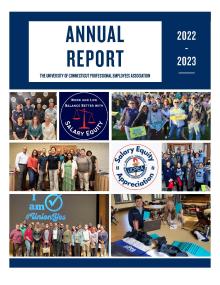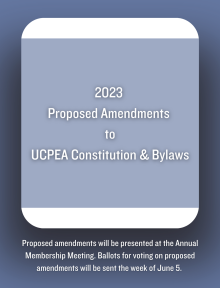Over the last few weeks, in addition to the hard work at our 35 individual bargaining tables, SEBAC has been working to push stories into the public to draw much needed attention to the staffing and funding crisis happening at all state agencies, especially in higher education.
Following this work, the Lamont Administration has moved away from hard zeros in the most recent discussions with union leaders from Executive Branch units. However, it’s our understanding that more movement is needed to secure contracts that are fair and address the chronic recruitment and retention issues plaguing our



